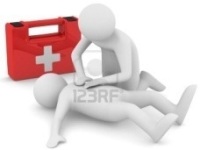Obtaining Permission to Visit the Department of Meteorology

Prior permission should be obtained to visit the Department of Meteorology by producing a duly filled application form prepared according to the format given below.
Parties which are eligible:
School children, university students, Sri Lanka Police and tri forces, government and private organizations, and other private groups
Dates and time of conducting lectures:
Three sessions are conducted at 9.00 a.m., 11.00 a.m. and 1.00 p.m. on every week days except week ends and public holidays.
Process of requesting permission:
A duly filled application form with the signature of the head of the organization should be submitted to reserve a date and a time. It is possible to reserve a date that you expect itself without difficulty by producing the application form at least before 14 days. The application form can be sent either by normal post or through email or can be handed over to the Radar Division of the Department of Meteorology. Reservations cannot be made over the telephone.
- Postal address:
Director General,
Department of Meteorology,
383, Bauddhaloka Mawatha,
Colombo 7.
- Email address: This email address is being protected from spambots. You need JavaScript enabled to view it.This email address is being protected from spambots. You need JavaScript enabled to view it.">
Special Note:
- A date and a time can be reserved without delay if the application form is sent through email or handed over.
- You will only get the opportunity if the date and time requested by you, has not been reserved by another party previously.
- The permission letter will be sent to you through email. Therefore mentioning an email address is essential.
- No additional lectures are conducted except the above mentioned times. Therefore, please be kind enough to refrain from requesting for additional lectures.
- You should be at the Department of Meteorology on or before the given time. Your delay may be a cause for missing of your opportunity.
- For further detail contact 011 2694846 (Extension 607)






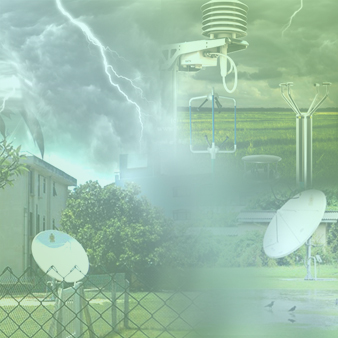

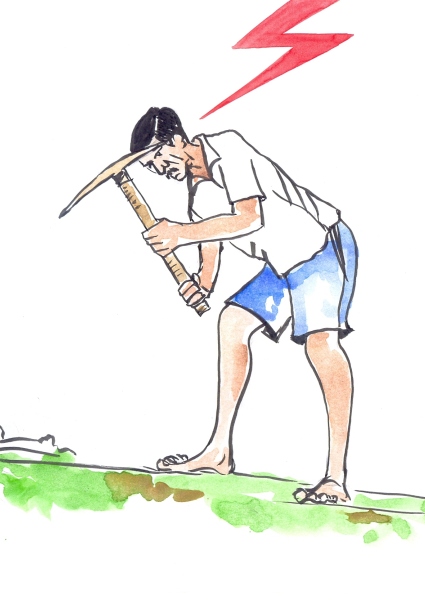 Direct Strike - A person struck directly by lightning becomes a part of the main lightning discharge channel.
Direct Strike - A person struck directly by lightning becomes a part of the main lightning discharge channel.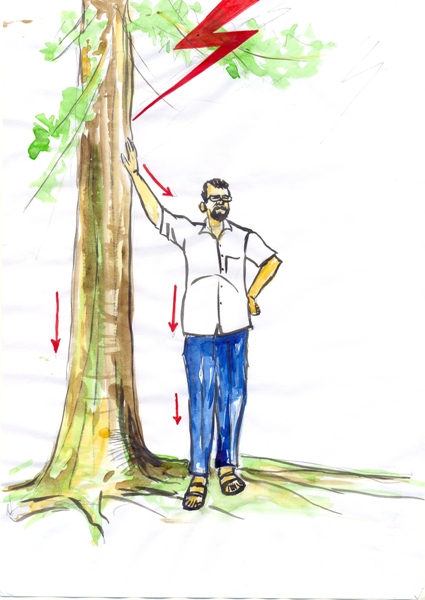 Side Flash Ground Current - A side flash (also called a side splash) occurs when lightning strikes a taller object near the victim and a portion of the current jumps from taller object to the victim.
Side Flash Ground Current - A side flash (also called a side splash) occurs when lightning strikes a taller object near the victim and a portion of the current jumps from taller object to the victim.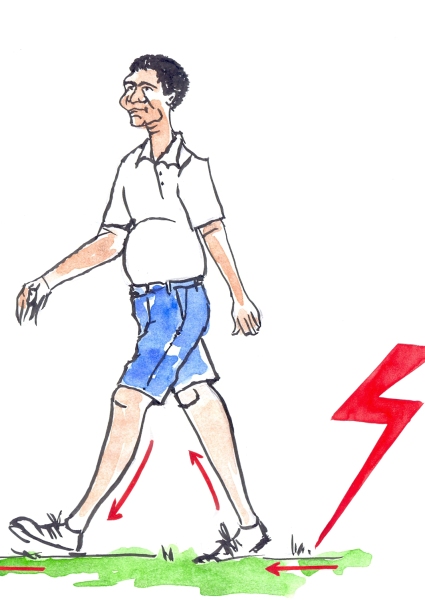 Ground Current - When lightning strikes a tree or other object, much of the energy travels outward from the strike in and along the ground surface.
Ground Current - When lightning strikes a tree or other object, much of the energy travels outward from the strike in and along the ground surface.
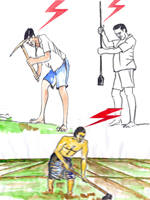
 He or she does not carry an electrical charge and can be handled safely.
He or she does not carry an electrical charge and can be handled safely.